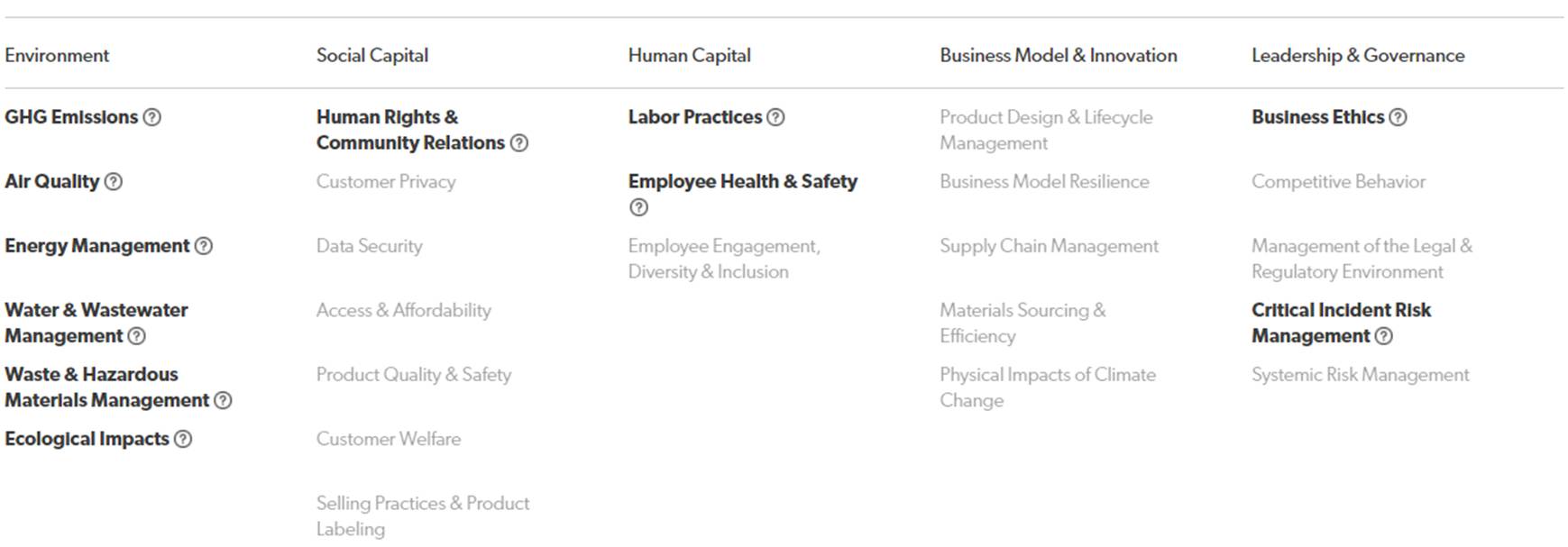Do Environmental, Social and Governance (ESG) factors influence stock prices?
Climate change looks set to be a key battleground, as we approach the Federal election in May with many voters, and investors alike, calling for more urgent action following the latest floods to hit New South Wales and Queensland. The demand for investments that provide investors with improved ESG characteristics remains strong. However, the economic landscape is proving to be more challenging for many ESG strategies.
Rising oil prices from the war in Ukraine has led to energy and commodity-based stocks outperforming, a part of the market where ESG strategies are normally underweight or exclude from their investment universe. The prospect of higher interest rates, due to inflationary pressures, is another headwind for ESG strategies. This is because ESG funds tend to be overweight ‘long duration’ growth stocks on high valuation multiples - which become difficult to justify in a rising interest rate environment.
In short, ESG factors do influence stock prices, but so do many other (non-ESG) factors like those discussed above. Investing with an ESG focus, in a challenging economic environment will require advisers to strike the right risk and return balance for ESG-minded clients, and likely broaden funds used to access different exposures.
ESG scores and ratings
ESG scoring has been around for a while but there are widely different approaches and methodologies. Peter Ker’s recent article in the AFR1 highlighted some challenges and unintended outcomes that can arise from ESG scores and suggested in some cases “ESG ratings can do more harm than good”.
There is no doubt rating companies on their ESG characteristics is complex. A single number on how good (or bad) a company is, needs to have context, particularly if it is being used to influence decisions to buy or sell a security.
Materiality Matters
Russell Investments’ quantitative research team have been researching ESG scores and data for years and in 2018 published an influential ‘Materiality Matters’ paper. The key recommendation was to focus on the ESG issues that are material to a company’s financial performance. We calculate ‘Material ESG’ scores using the Sustainability Accounting Standards Board (SASB) materiality map. The SASB framework maps the financially material ESG issues by sector, so that ESG inputs used in our Material ESG scoring methodology have a direct link to how well the company performs financially. For example, the ESG inputs that are used to calculate BHP’s material ESG score are highlighted below:
Materiality Map – Metals & Mining Sector (e.g. BHP, Rio Tinto, IGO Ltd)
Click image to enlarge
Source: Sustainability Accounting Standards Board (SASB)
In total there are 11 inputs used to assess the Material ESG credentials of Metals & Mining stocks, and over 50% of these are environmental measures. The greyed-out categories in the table are not deemed financially material (in the SASB framework) for stocks like BHP, and are therefore not used in the Material ESG score calculation. Hence, we get a more concentrated ESG score that is better suited for use in the investment decision making process.
Material ESG scores in portfolio construction
Our research has demonstrated that ‘materiality matters’, i.e. using ESG inputs that affect the financial performance of companies can add value over the medium-term. Clearly, ESG scores are no panacea and there are many other influences on security prices outside of ESG. However, our research supports the view that an improved Material ESG score in quantitative based strategies can help improve performance outcomes over the medium-term.
We will begin using Material ESG scores in Russell Investments Australian Responsible Investment ETF (RARI) at the next index reconstitution. RARI, our Australian shares ESG ETF, excludes both BHP & Rio Tinto due to revenues from oil and gas. However, in the Metals & Mining sector we expect to add to our position in IGO Ltd. IGO scores well on our Material ESG metrics (with an above average 6 out of 10 score) and, given the focus on renewables-based metals, is the kind of stock that aligns well to ESG based investors looking for exposure to a company well positioned for the energy transition (away from fossil fuels).
The bottom line
It is likely advisers will continue to see a growing demand for ESG based solutions from their clients. We believe stock exclusions have a role to play in aligning products with client values, as do strategies that use ESG scores in their investment process. However, it is also important to consider any biases that may arise from ESG funds, such as a growth bias from excluding certain more ‘value’ based sectors.
RARI has a value exposure, unlike other popular ESG ETFs, and can be a useful way of diversifying style risks like growth biases. RARI also provides exposure to mining stocks such as IGO Ltd that score well on material ESG factors, and source metals needed for a more sustainable planet.
